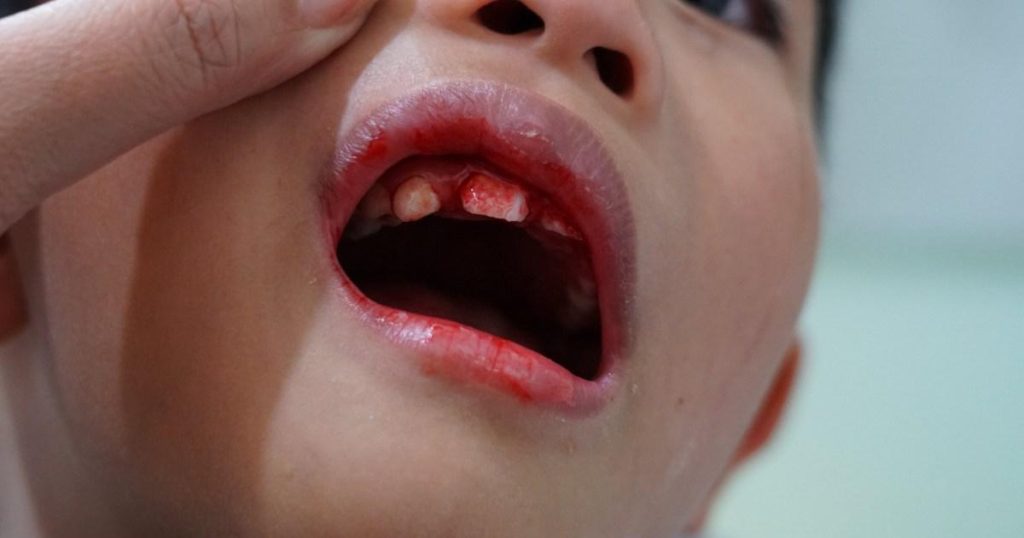The Resurgence of Scurvy: A Modern Paradox
Scurvy, a disease historically associated with long sea voyages and dietary deficiencies in the Age of Exploration, is experiencing a concerning resurgence in developed nations like France. This vitamin C deficiency disease, once thought relegated to the history books, is affecting vulnerable populations, particularly children from low-income families. The rise in cases underscores the complex interplay of socioeconomic factors, dietary habits, and public health challenges in the 21st century.
France has witnessed a significant increase in scurvy cases over the past nine years, with 888 hospitalized patients, averaging 11 years of age. This alarming trend has been exacerbated by the COVID-19 pandemic and the subsequent economic downturn. Rising food prices and increased financial strain on families have contributed to food insecurity, making it difficult for some to access nutrient-rich diets, including adequate vitamin C intake. The link between poverty and scurvy is evident, as healthcare professionals report instances of infected children experiencing prolonged periods without food.
Scurvy, caused by a severe deficiency of vitamin C (ascorbic acid), is essential for collagen production, a protein crucial for maintaining healthy connective tissues in the body. A lack of vitamin C disrupts collagen synthesis, leading to a range of debilitating symptoms. These include persistent fatigue, irritability, joint and muscle pain, swollen and bleeding gums (potentially leading to tooth loss), and the appearance of red or blue spots on the skin, especially on the legs and feet. These spots may be less noticeable on darker skin tones. Scurvy can also cause easy bruising.
The resurgence of scurvy in France highlights a public health emergency that demands immediate attention. It is a stark reminder that even in affluent nations, pockets of vulnerability exist where access to essential nutrients is compromised. The findings of the study published in The Lancet Regional Health – Europe underscore the urgent need for strengthened food assistance programs and social support initiatives to combat malnutrition and food insecurity. These programs are crucial to ensure that vulnerable populations have access to the nutrients they need to maintain their health and well-being.
The recent surge in scurvy cases is not limited to France. Similar reports have emerged from Western Australia and Canada, suggesting a broader trend of vitamin C deficiency in specific populations. These cases often correlate with socioeconomic challenges and limited access to fresh fruits and vegetables, the primary sources of vitamin C. The global nature of this issue necessitates international collaboration and knowledge sharing to implement effective preventative measures and address the underlying causes of nutrient deficiencies.
Addressing the resurgence of scurvy requires a multi-pronged approach. Public health campaigns must raise awareness about the importance of vitamin C, its dietary sources, and the consequences of deficiency. These campaigns should target vulnerable populations and emphasize the availability of affordable vitamin C-rich foods. Strengthening social safety nets and food assistance programs is crucial to ensuring that individuals and families have access to a balanced diet, regardless of their economic circumstances. Furthermore, healthcare professionals need to be vigilant in recognizing and diagnosing scurvy, particularly in at-risk populations. Early diagnosis and treatment with vitamin C supplementation can prevent serious complications and improve health outcomes. Collaborative efforts between governments, healthcare providers, and community organizations are essential to address this preventable health issue and ensure that everyone has access to the nutrition they need to thrive.




